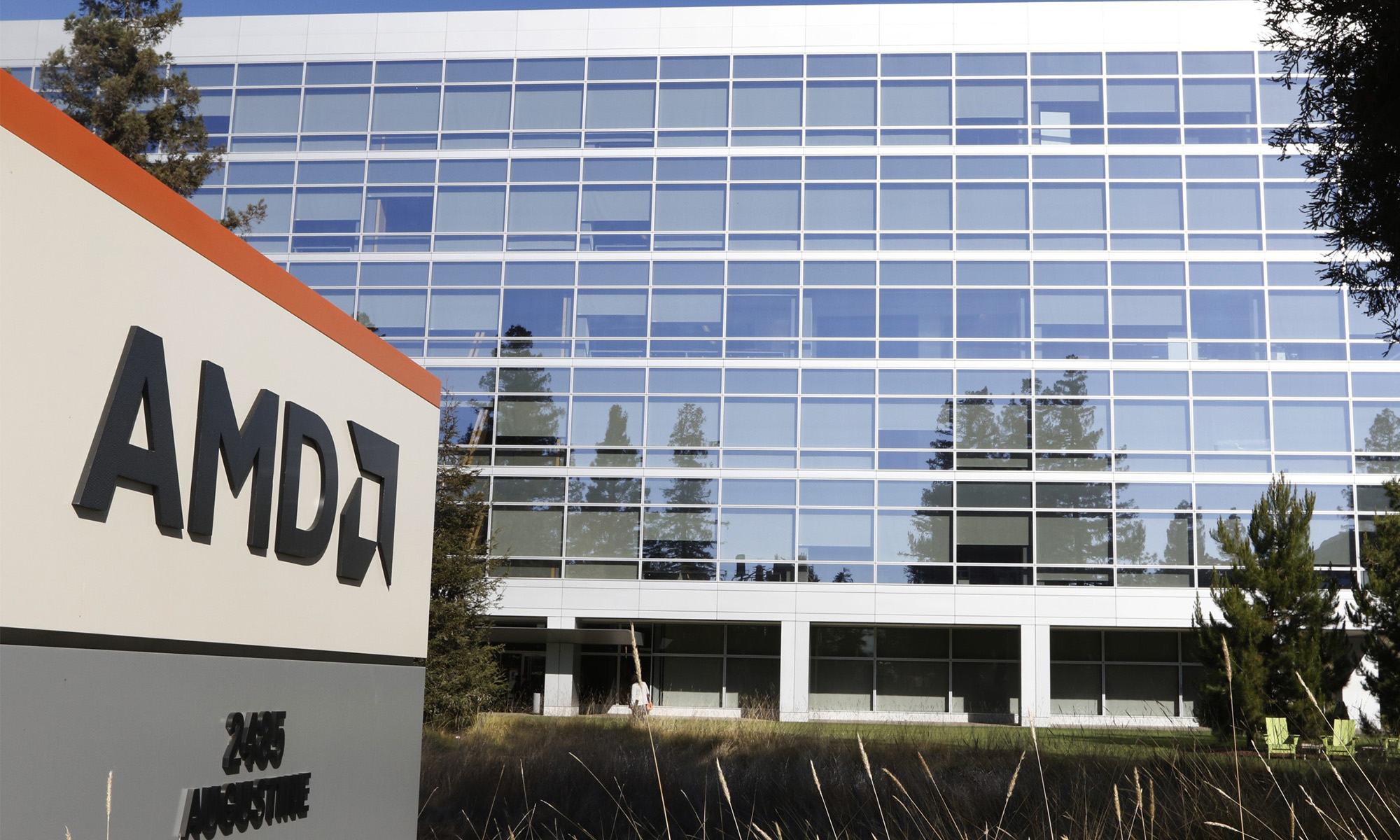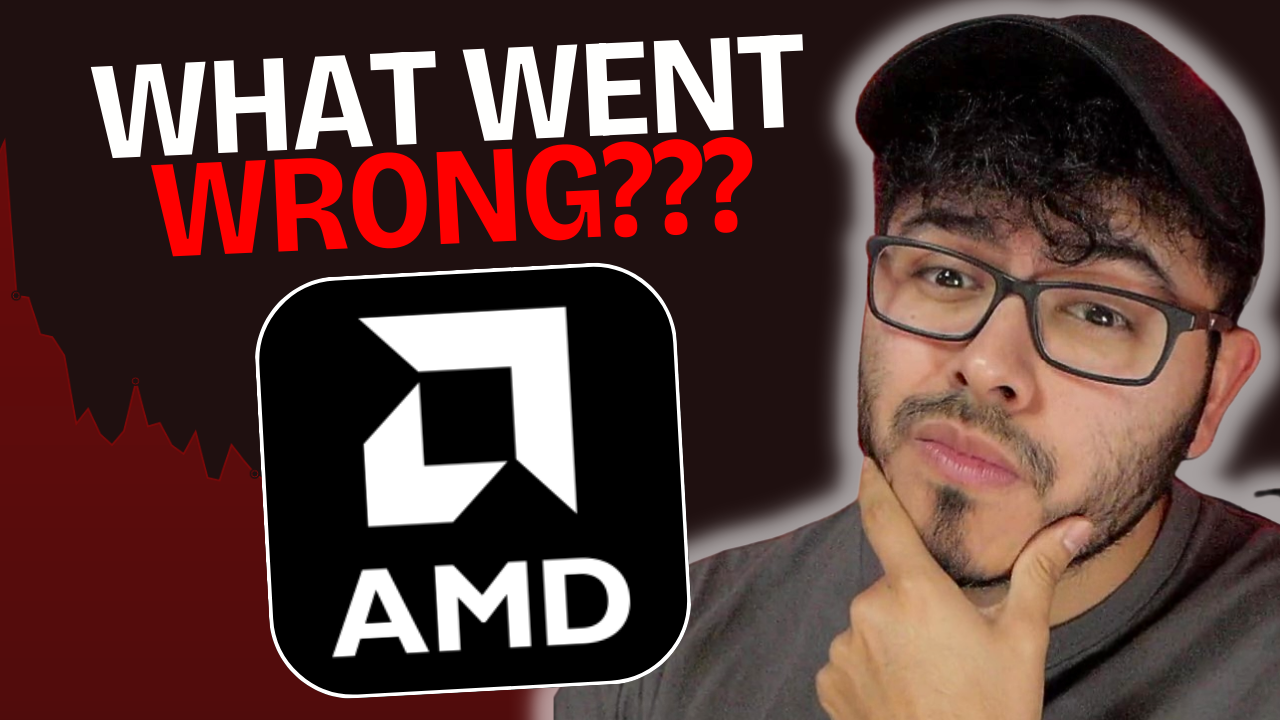Over the past five years, shares of AMD (AMD 0.67%)have cratered over 60%. The company, once considered a major threat to the Intel x86 business, lost its way in CPUs, tried to diversify into graphics cards, and then suffered through subsequent pricing wars on both fronts.

Source: Wikimedia Commons, Raysonho
In a previous article, I highlighted three key weaknesses at the company -- competitive pressure from Intel and Nvidia, technological inferiority to new Intel chips, and executive turmoil. Today, we will examine the flip side and discuss three strengths investors may have overlooked.
1. Fresh leadership, fresh tactics
Last year, Dr. Lisa Su replaced Rory Read as CEO. Chip chief John Byrne, chief marketing officer Colette LaForce, and chief strategy officer Raj Naik abruptly departed earlier this year. While investors should certainly be concerned with such major changes at the executive level, they should also realize that Read, Byrne, LaForce, and Naik were not exactly steering AMD toward success.
Under Read, operating expenses declined, cash levels were stable around $1 billion, and he ensured that no new debt would come due until 2019. But AMD also scaled back its direct attacks against Intel in PCs and Nvidia in graphics cards, which resulted in lost market share in both categories.
Meanwhile, Su has a background in engineering that Read lacks, which might help AMD diversify into new product categories.
Shortly before his departure, Byrne dismissed the notion that AMD should expand into the Internet of Things (IoT) to compete against Intel and ARM Holdings, bluntly telling VentureBeat that he was not "in the business to lose money." But as I mentioned before, it would be reckless to ignore the IoT market, which IDC forecasts will grow to $7.1 trillion by 2020. Su, who also took over for Byrne, has experience in IoT tech and could help the company expand into that space.
2. Growth in embedded and semi-custom solutions
AMD's core strength is its Enterprise, Embedded, and Semi-Custom business, which manufactures system on a chip (SoC) products. This segment produces components for the Sony PS4 and Microsoft Xbox One, currently the two best-selling consoles in the world. Their robust sales helped the segment boost revenue 51% year-over-year in 2014, accounting for 43% of the top line.
In addition to consoles, AMD has a growing footprint in low-power "microservers" that are dedicated to specific tasks, such as loading the background images of a website, and are usually purchased in clusters. By comparison, traditional servers -- mostly powered by Intel Xeon processors -- are powerful but expensive jacks of all trades. IDC expects microservers to account for over 10% of the entire server market by 2016, up from just 0.2% in 2011.
If AMD Opteron processors can hold the line against Intel Atom and ARM-based SoCs in the microserver market, its Enterprise, Embedded, and Semi-Custom business will continue growing and eventually outweigh the importance of the x86 chip and GPU businesses. Moreover, if AMD changes its tune on IoT devices, the segment could grow even faster.
3. A tempting takeover target
Lastly, AMD has been the subject of plenty of takeover rumors. Investors should never buy a beaten down stock hoping for a buyout, but they should understand what makes AMD a lucrative target.
Its most important asset is its long-term license to use the Intel x86 instruction set. This means that a larger, better-funded company could theoretically buy AMD and aggressively attack the near monopolies Intel enjoys in the notebook, desktop, and server markets. That is why AMD is frequently cited as a potential takeover target for companies like Oracle, Broadcom, and Qualcomm. The most recent rumor is that Chinese chipmaker BLX IC Design, which worked with AMD in the past, is interested in acquiring the company.
However, Intel previously tried to prevent AMD from spinning off its manufacturing facilities as GlobalFoundries, claiming that the company could not extend that license to a third party. Therefore, Intel will likely try to block an acquisition of the company. Intel could also try to nullify the x86 license if a takeover occurs, making AMD a much less attractive target.
Despite those challenges, a market cap of $2.5 billion makes AMD a fairly affordable purchase for an ARM-licensee looking to expand into x86 processors.
The verdict
In my opinion, AMD is still a risky stock to own. However, a change in leadership, growth in embedded and semi-custom SoCs, and the appeal of its x86 license could all help the stock eventually bounce back. But for now, investors should proceed with caution until AMD shows signs of improvement in its long-suffering CPU and GPU businesses.












